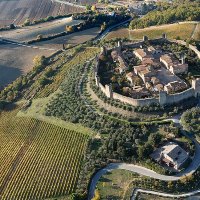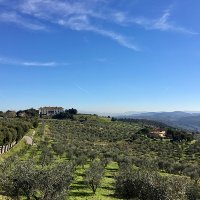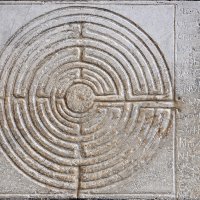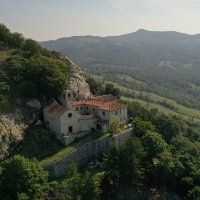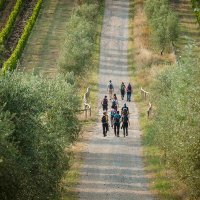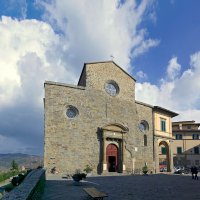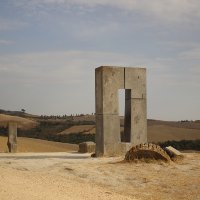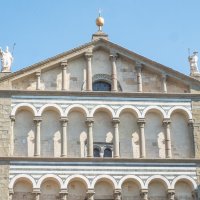Tuscany is the heart of Italy, and has always held center stage in the country’s extraordinary history and nature, as it is crossed by large and small routes. Step after step, visitors can discover the unique heritage of villages, towns and great cities of art, naturally connected by the historical routes. This is an ancient and, at the same time, very contemporary way to establish a relationship with this land and its icons.
The Apennine passes of Radici, Cisa, Alpe Serra and Croce Arcana act as symbolic gateways to this world, where time is marked by the sound of your footsteps and follows the rhythm dictated by the pleasure of walking.
The parks of the Apuan Alps, the Tuscan-Emilian Apennines, Casentino Forests and the Migliarino, San Rossore and Massaciuccoli are just four of the several natural areas touched by the routes. The itineraries lead to 8 World Heritage Sites in Tuscany.
We walk between Arezzo, Siena and Florence in the eastern territories of Tuscany while in the opposite direction we meet the historic centers of Prato, Pistoia, Lucca, Pisa and Livorno, finally finding an outlet on the Tyrrhenian Sea. The cities of art become hubs of exchange between one path and another, crucial points of a system that connects stories, people, emotions.
And then, there is that small ancient world of villages that tells stories of ages past and traditions, unveiling secrets locked inside churches, exhibited in museums and spread across the countryside, allowing us to know Tuscany in a different, personal and sustainable way.
The Atlas of Walks traces the network of cultural routes, which by criss-crossing and running along the territory, are true access points to the great historical-artistic and naturalistic heritage of Tuscany.
Explore
